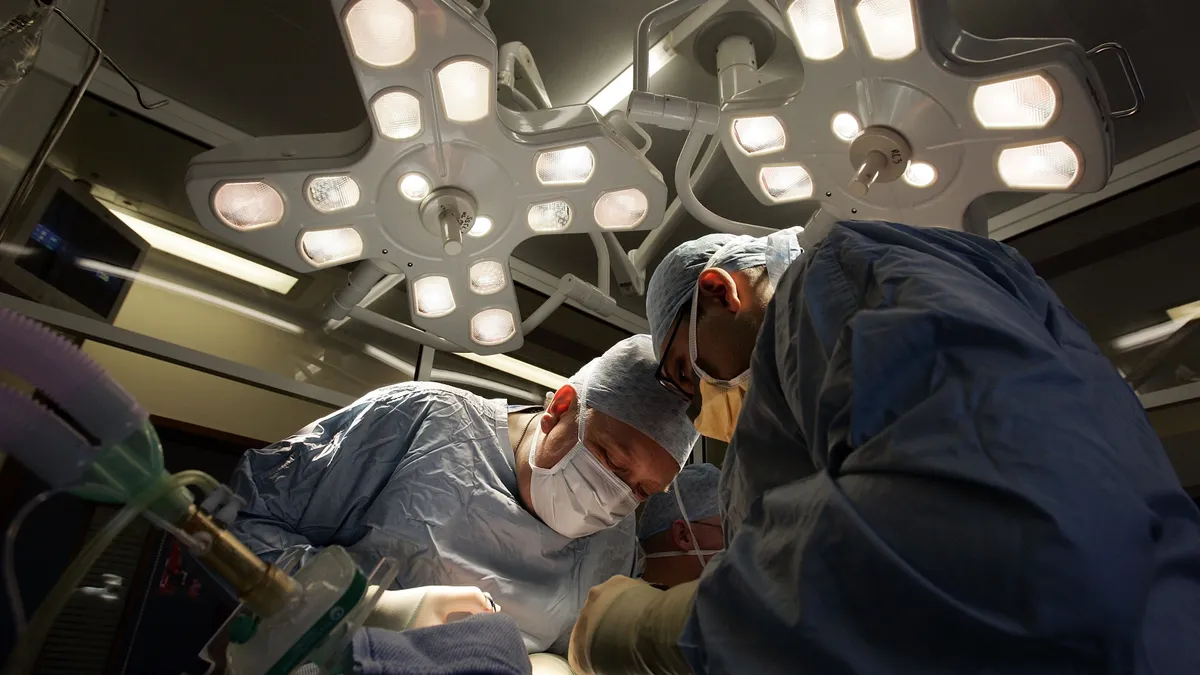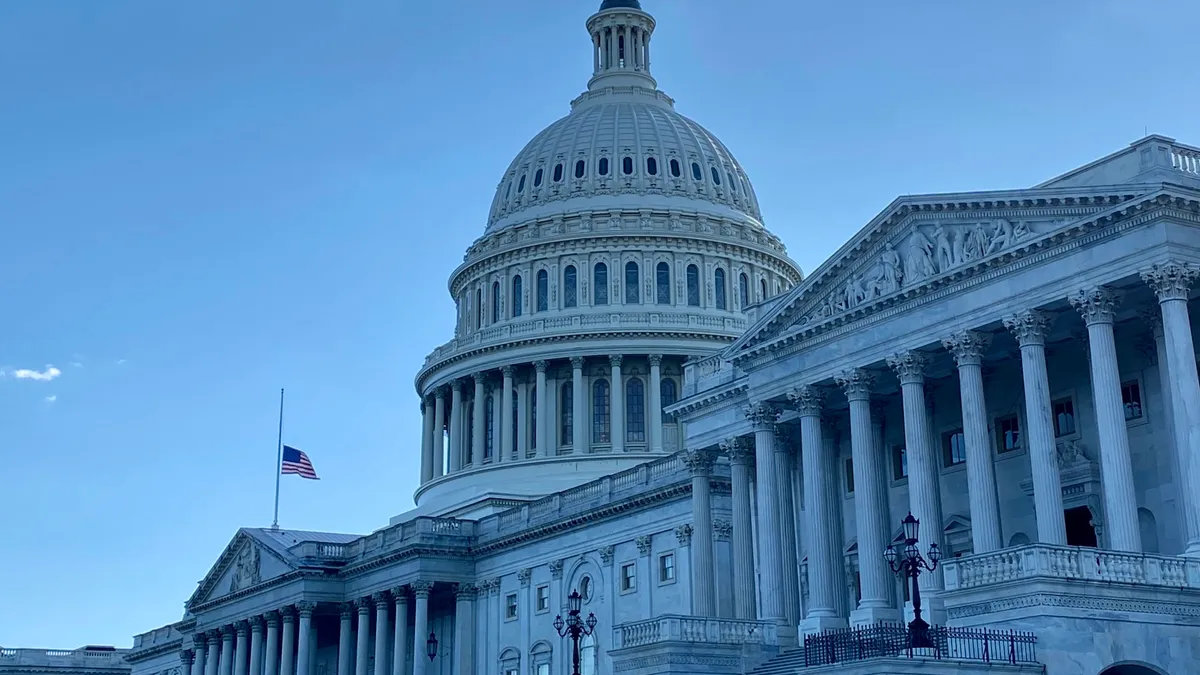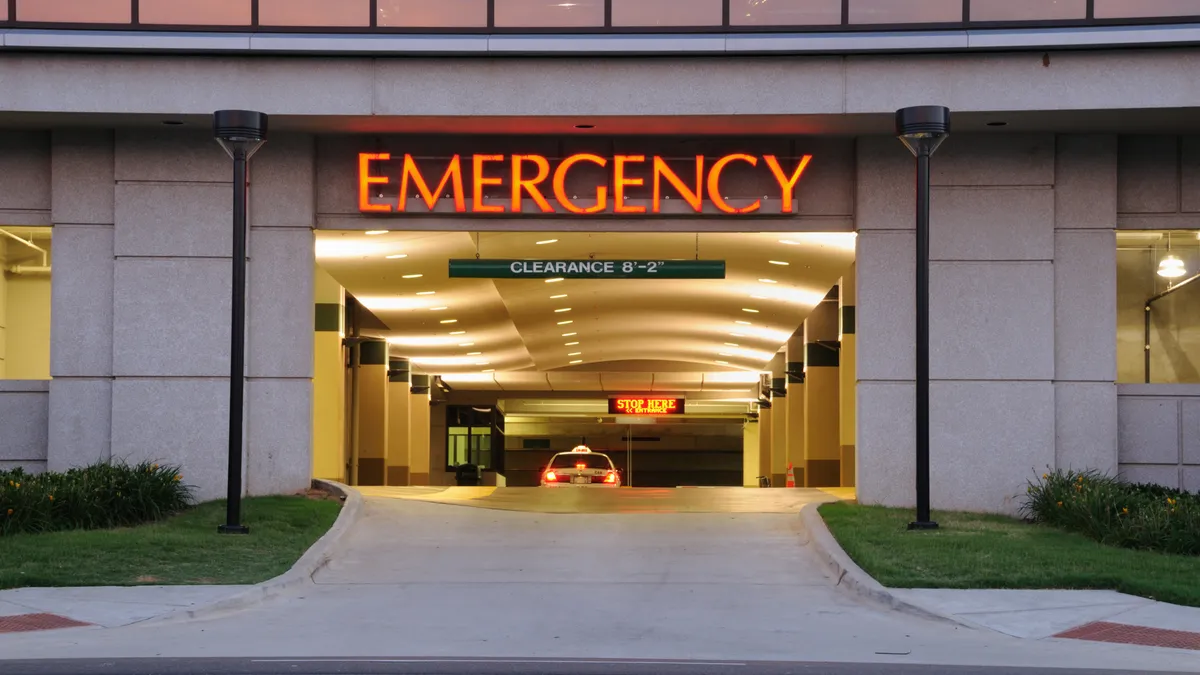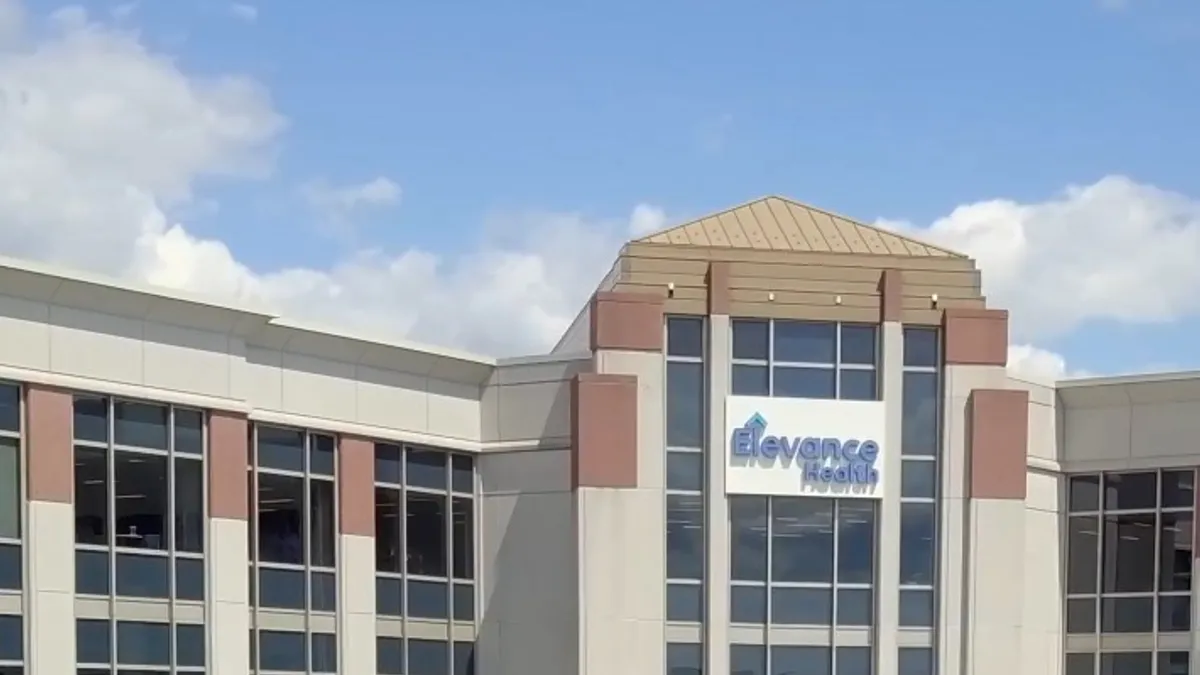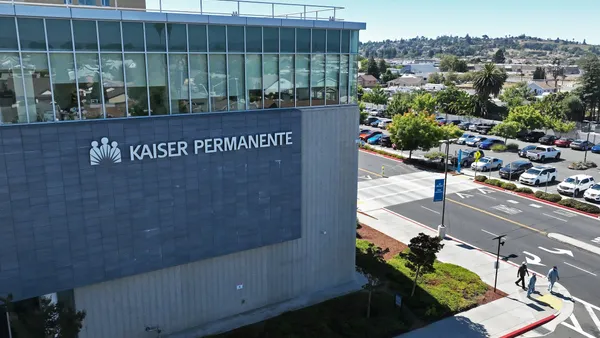Editor’s note: Colleen McCarthy is president of the Association of Organ Procurement Organizations, a nonprofit trade organization leading the U.S. organ donation community. She is also the vice president of Organ and Tissue Donation at Versiti Wisconsin, a federally designated organ procurement organization.
When we register as organ donors, we expect that our gifts will eventually go on to save lives. However, nearly 20% of donated organs go unused. Last year alone, more than 10,000 organs recovered from generous donors — over 8,500 of which were kidneys — were not transplanted into patients.
Recently, two separate transplant programs were shuttered over concerns about their failures to transplant enough patients. The issue has even caught the attention of the CMS, which plans to financially incentivize transplant centers to accept more organs through its newly announced Increasing Organ Transplant Access Model, or IOTA.
Organ “non-utilization” is on the rise and has emerged as the premier issue for the nation’s organ donation and transplantation system to solve.
Importantly, the organ procurement organizations, or OPOs, that offer organs to transplant centers use established criteria to determine their suitability for transplant. Deceased organ donation in the U.S. has seen 13 years of consecutive growth. Following a 2020 directive from CMS, this upward trend continues, with OPOs authorizing donation and recovering more organs than ever before. Therefore, quality organs are available, but they’re being declined for transplant.
Why, then, are thousands of these organs going unused, equating to thousands of patients being denied transplants or experiencing unnecessary delays in receiving them?
For one, transplant centers are under great pressure to ensure patient survivability for a year post-operation, and commercial insurers still use this measure to determine which centers are allowed in their networks — effectively disincentivizing many surgeons from taking a chance on many organs unless they are close to perfect.
Hence, a rise in organ non-utilization.
Non-utilization is a top concern for system stakeholders, particularly OPOs, who are now partially evaluated on their “transplant rate” — the number of organs recovered and successfully transplanted. This metric depends on transplant centers accepting the organs offered by OPOs. Non-utilization negatively affects an OPOs standing and could ultimately lead to their closure, causing significant disruption to the donation process.
OPOs send hundreds of thousands of offers for organs that go unused. According to a 2019 study, patients who die while waiting for a kidney transplant receive an average of 16 organ offers over 651 days, most of which were declined on their behalf.
There must be a more effective way to align incentives between OPOs and transplant centers. As it stands, CMS has issued rules financially incentivizing transplant programs for growth through the IOTA Model while primarily incentivizing OPOs through the threat of immediate decertification.
However, the donation and transplant community isn’t waiting around for new policies to take effect. They’re taking matters into their own hands and are coming together to stop this needless waste.
The first ever Transplant Growth Collaboration in April was attended by leaders at transplant centers, donor hospitals and OPOs nationwide. These stakeholders have historically collaborated to ensure the maximum number of successful transplants for qualifying patients. This conference was laser focused on breaking down barriers to transplant and finding new ways for programs to say “yes” to organs they’re offered.
DonorConnect, the OPO serving the Intermountain West, organized the event and invited leaders of successful transplant programs from around the country to share their winning strategies. This included leaders of the liver transplant program at Intermountain Health, a nonprofit healthcare system serving people across Utah and rural areas of Idaho, Nevada and Wyoming.
Among numerous impressive case studies, Intermountain’s was particularly striking: a liver program that increased its transplant rate by 337 percent from 2018 to 2023.
As one of the only healthcare providers across much of its service area and one of a few offering liver transplants, Intermountain identified their liver program as a site for growth and committed to exceeding the region’s demand.
The program’s leadership brought a comprehensive plan to expand liver transplantation to the hospital’s C-suite, presenting an approach that was equal parts creative and collaborative. They provided a data-driven case that transplanting more patients with liver disease would not only dramatically improve patient health outcomes but create a positive ripple effect to their families and communities.
Upon securing the support of top executives, program leaders were able to receive approvals for the staffing and resources they needed to succeed. They then deployed a three-fold growth strategy:
- Expanded staff proactively to support the increased workload, hiring additional anesthesiologists, surgeons, caregivers and circulation managers trained to care for transplant patients — especially those patients at higher risk.
- Educated the system’s primary care doctors and specialists on the point at which a patient with liver disease becomes a candidate for transplant and increased the number of referrals to the waitlist; and partnered with its OPO, DonorConnect, to launch an online platform to streamline referrals and automate identification of donors.
- Established new, automated organ offer filters to identify organs the program was most likely to use, maximizing the likelihood of strong matches for patients; and partnered with Intermountain Life Flight to charter their long-range medical jets to retrieve organs from across the United States.
The results were astounding. Intermountain Health’s liver transplant program went from performing 38 liver transplants in 2018 to 166 in 2023 — again, an increase of 337 percent. This high performance sends a strong signal to providers, prospective patients, and their families that quality liver transplant care is fully attainable in the Intermountain West.
One common denominator among all the transplant programs who participated in the Transplant Growth Collaboration, and among all successful transplant programs, is a willingness to embrace — not avoid — calculated risk.
Strong programs know that risk aversion is both self-defeating and bad for patients. Attempting to avoid risk by holding out for the perfect organ not only leads to the rejection of thousands of viable organs but to a danger far greater – that patients whose lives could have been saved will die waiting instead.
This kind of risk aversion is unnecessary. Medical advancements in organ recovery and preservation have broadened the number of organs available for transplant. Technology now exists to revitalize imperfect organs and enhance both the longevity and quality of organs from older donors.
Taking smart risks to increase transplantation is not one transplant centers must take alone. System-wide collaboration, which has always characterized the field, can make genuine growth happen, and seamlessly. OPOs are invaluable partners to transplant centers in maximizing organ use.
Last year saw a 9.6% increase in deceased organ donation, resulting in more than 43,000 organs transplanted and lives saved. There is room to do even more.
By sharing strategies that work, we can fortify ourselves to take calculated risks, honor the organ donor’s gifts and help desperately sick patients get well. Together, we can solve one of the biggest challenges we face: organ non-utilization. We owe it to more than 100,000 Americans on the transplant waitlist to keep collaborating until we get it right.
Correction: A previous version of this story misstated the number of healthcare providers offering liver transplants in the Intermountain area. Intermountain Health is one of a few providers.


